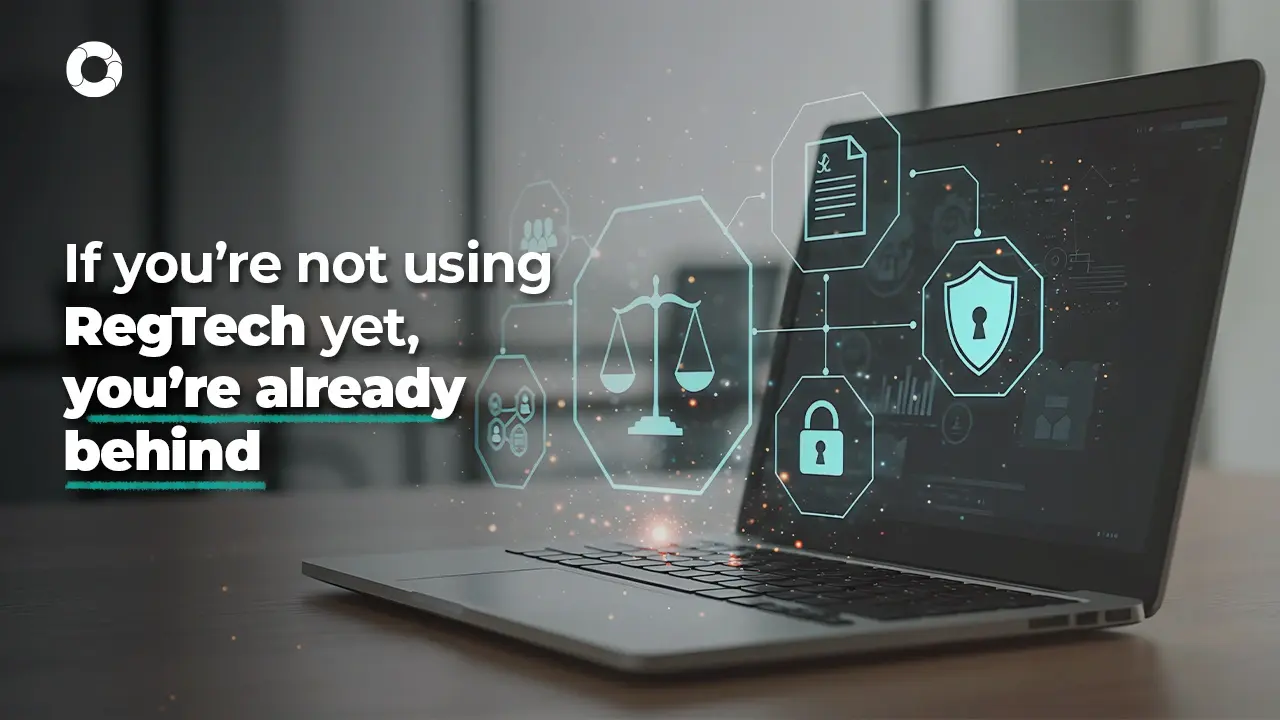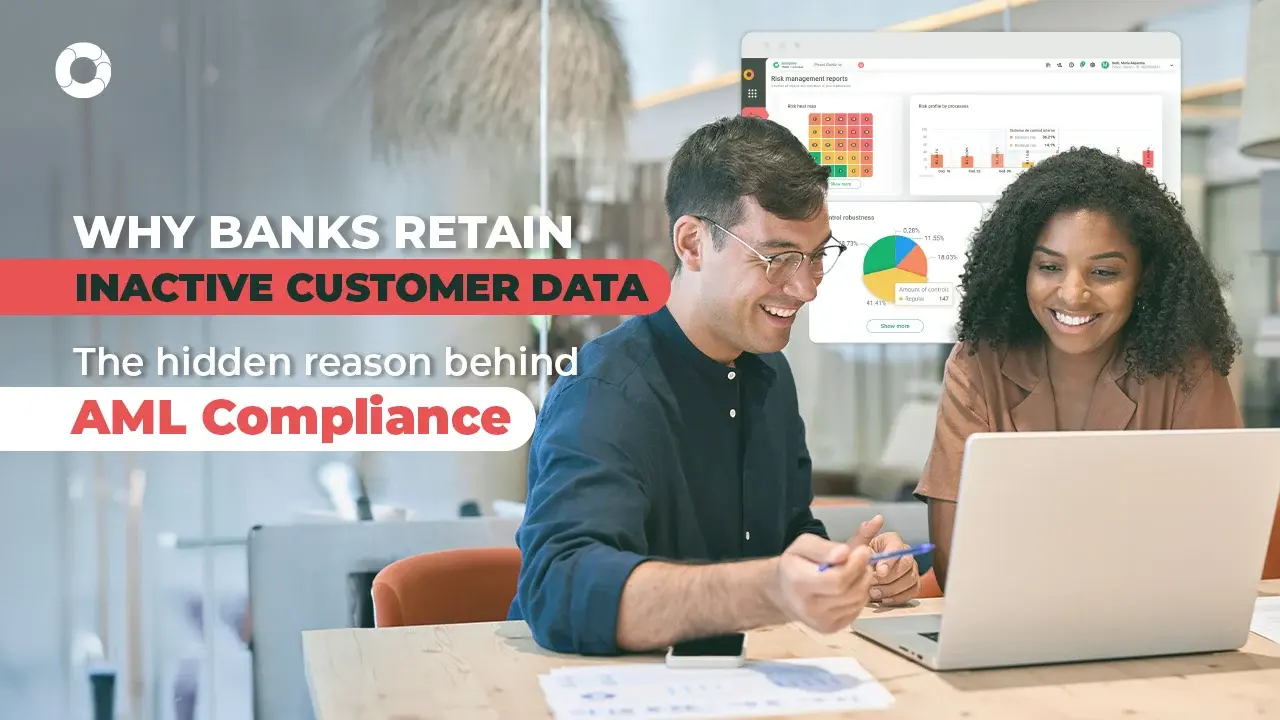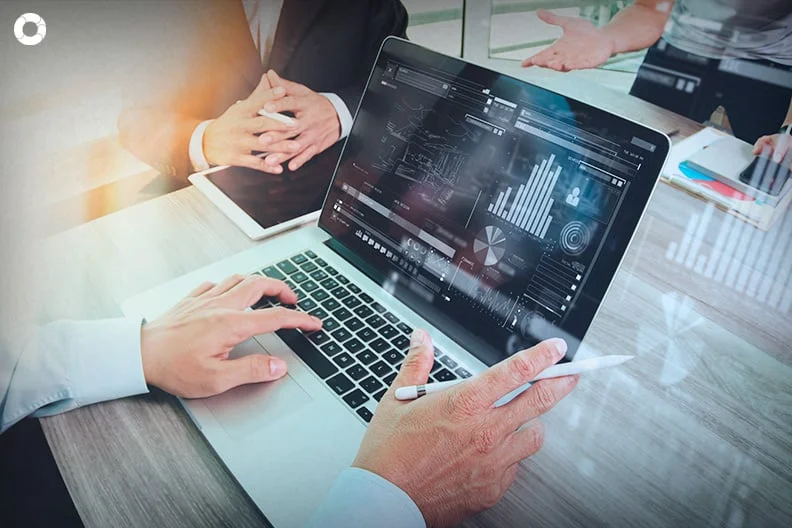How to identify the risk of money laundering in companies?

Each regulated entity must identify the money laundering risks inherent to its operational reality. It must adopt procedures to identify customers and their respective operations. Given the elements obtained and the money laundering risk factors identified, it must implement the necessary due diligence procedures.
Read on to discover the changes your company must make to identify the money laundering risks it faces!
What is money laundering?
Money laundering is a criminal practice that seeks to conceal the illicit origin of specific capital or other irregular assets, such as jewelry, real estate, and shell companies.
Illegal practices that can give rise to money laundering include corruption, trafficking, or fraud, for example. And the money from these activities is called dirty money. Clean money, on the other hand, has all the necessary controls, as well as explicit and detailed information about its origin.
What are the stages of money laundering?
The crime of money laundering consists of three stages that culminate in the formalized reinsertion of the illicit money into the economic system.
Placement
In this stage, the illicit goods or securities are inserted into the formal economy. For example, placement can occur through the purchase of goods, real estate, and works of art and recently also involves the acquisition of cryptocurrencies.
Pro tip: One of the main characteristics of this stage is that it occurs mainly by fragmenting monetary value into small amounts. In this way, the financial movement does not need to be declared and goes unnoticed by law enforcement agencies.
Layering
In the layering phase, the main objective is to hide the origin of the criminal proceeds. For this purpose, actions such as bank transfers or phantom accounts (opened with authentic documents in the name of persons who do not exist) are used, thus making it difficult to trace illegal assets or financial resources.
Integration
As the last stage of money laundering, the illicit funds are formally reintegrated into the economy. This integration can occur through investments in legal businesses or purchasing assets with supposedly legal documents.
The customer identification and due diligence process
The nature and scope of customer identification and due diligence procedures follow a risk-based approach. That is, each entity should tailor these procedures according to the risks associated with the business relationship or occasional transaction and taking into account at least the following factors:
- The subject matter of the business relationship.
- The level of assets held by customers or the volume of transactions carried out.
- The duration of the business relationship.
Ways to prevent money laundering
Organizations wishing to combat this offense can adopt various strategies, and employee training on the subject has become one critical action. Other good practices are:
Create a money laundering prevention area
Even depending on the segment your company operates, this practice becomes mandatory, as in the banking and financial sector.
Improve customer identification
It is one of the pillars of preventing money laundering and can occur through KYC (Know Your Customer) actions. With this, it is possible to establish rules and procedures to know the origin and constitution of your customers' assets and financial resources.
Identify politically exposed persons (PEP)
Gathering information on whether the customer is a politically exposed person (PEP) or from a high-risk country allows companies to analyze users' risks to their business.
Incorporate internal company policies
With these controls, companies, especially in the banking segment, can verify the compatibility of financial transactions and the actual financial capacity of their customers. It facilitates the monitoring and identification of possible suspicious movements.
Consult the restrictive lists
They contain a register of individuals and companies linked to crimes such as offering slavery-like working conditions, engaging in money laundering, or financing terrorism. In other words, organizations can now identify partners or customers likely to be involved in these types of crimes and avoid engaging with them.
Introducing tools and technologies
These solutions help to optimize companies' operations in the control of people and companies to facilitate the identification of possible criminals related to money laundering and compliance with laws, international treaties, and regulations on this matter. A good option is the Pirani AML Suite software, which facilitates the monitoring and managing of your clients and operations to identify and reduce the risk of money laundering in your company.
Thus, through such measures, it is possible to anticipate and identify signs of money laundering, facilitate the reporting and resolution of problems, to keep the integrity of the company intact, as well as the image of the organization to the market, customers, potential investors, and other stakeholders.
What are the risk factors to consider?
Among the factors that will indicate to your company the level of risk with each customer and transaction are the following:
Low-risk factors
- Companies with shares admitted to operating in a regulated market.
- Public administration or public companies.
- Clients from third countries with effective AML/CFT systems or obligations consistent with FATF recommendations.
- Clients from countries or jurisdictions identified as having low levels of corruption or other crimes.
High-risk factors
- Business relationships in unusual circumstances.
- Clients who live or operate in areas of higher geographic risk.
- Unincorporated entities that are structured for holding personal assets.
- Customers with cash-intensive transactions.
- Unusual or excessively complex ownership/control structures.
The increasing complexity of economic-financial crimes, with opaque structures and rapid adaptation, even due to technological evolution, make implementing preventive measures against the risk of money laundering necessary. These measures include customer identification and due diligence procedures.
Thus, we have moved from a model in which it was up to the client to choose the company with which to do business to one in which it is the company that, after verifying the information it considers necessary to know the client, supervises and evaluates the risk of accepting it.
It is vital to have technological tools such as Pirani AML Suite, which allows you to reduce the risk of money laundering in your company or organization.
You May Also Like
These Related Stories

Steps to develop an AML risk management matrix

Upgrade your AML risk management with AML+

How RegTech Is Reshaping Compliance Programs Today

Learn about the three stages of money laundering in Latin America

Why do banks retain inactive customer data?



No Comments Yet
Let us know what you think